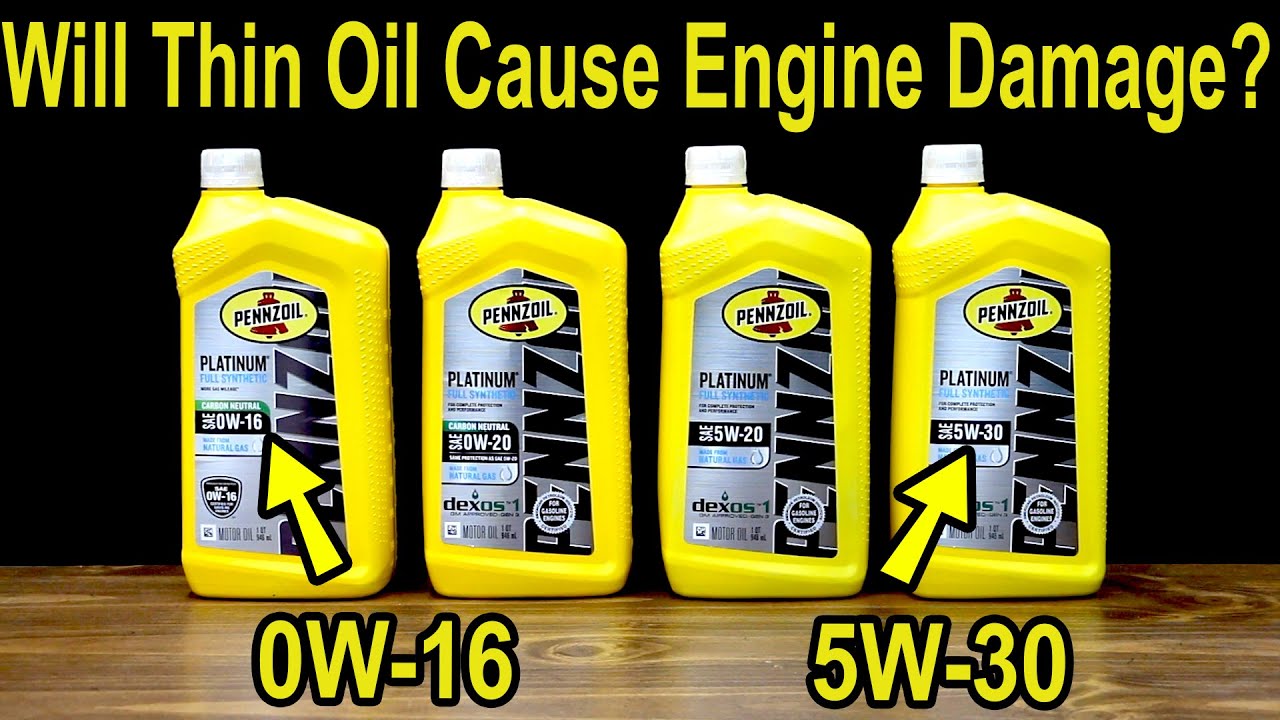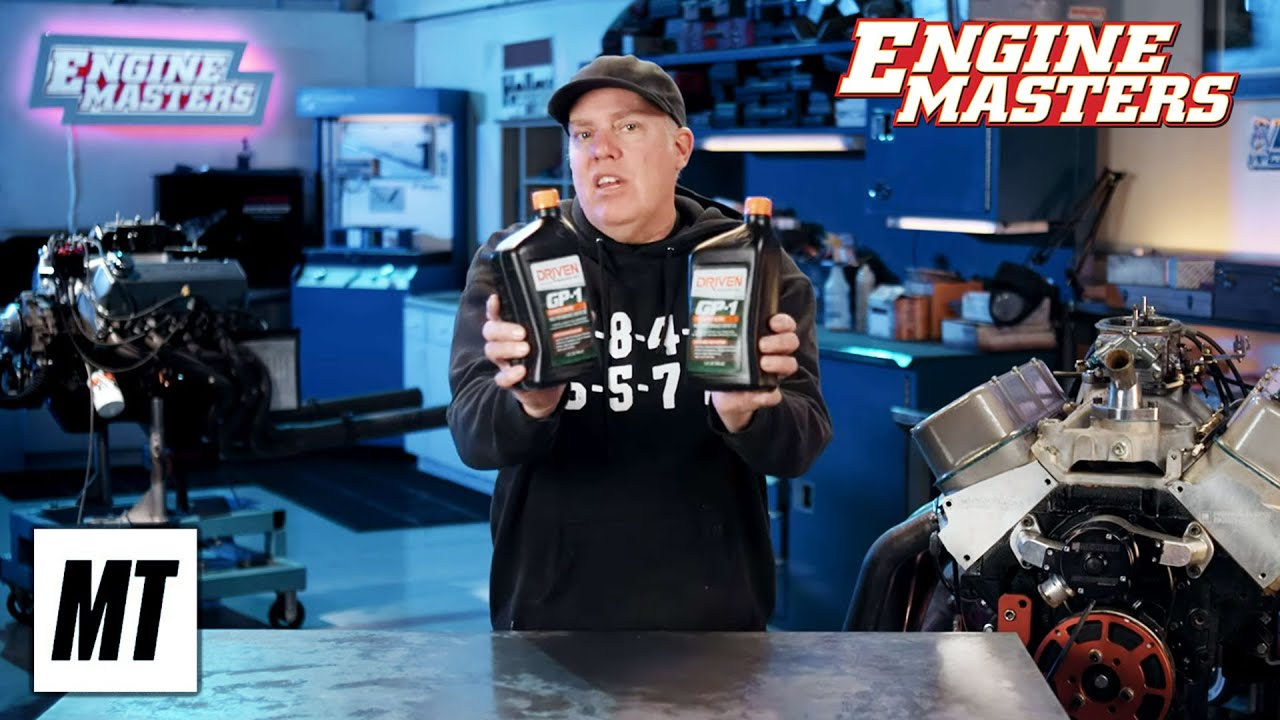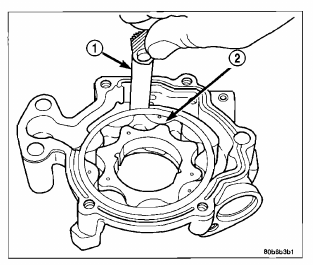- Joined
- Oct 16, 2017
- Posts
- 430
- Reaction score
- 424
- Location
- SE Michigan
- Ram Year
- 2015 Ram Laramie 2500 4 X 4
- Engine
- 6.4L
Disclaimer: Links on this page pointing to Amazon, eBay and other sites may include affiliate code. If you click them and make a purchase, we may earn a small commission.
Shouldn't be any problem.I got a 2017 5.7l first year I'm gonna be driving it in the winter. Wondering what kind of oil is recommended for winter. Can't find anything on Google. I'm thinking of sticking with amsoil 5w-20 for winter. Thoughts??
That’s what the manual calls for - if you don’t have one it’s downloadable. Make sure you get a good quality filter.I got a 2017 5.7l first year I'm gonna be driving it in the winter. Wondering what kind of oil is recommended for winter. Can't find anything on Google. I'm thinking of sticking with amsoil 5w-20 for winter. Thoughts??
Manual calls for 5w20.0W30 synthetic oil and a Royal Purple 20-820 oil filter
And?Manual calls for 5w20.
My manual says 5W-30 is okay if 5W-20 isn't available. Read the note at the bottom.Manual calls for 5w20.
Ok. I suspect 5w20 is as readily available (or not) as is 5w30. Don’t make this hard on yourself.My manual says 5W-30 is okay if 5W-20 isn't available. Read the note at the bottom.
“And” what?And?
I have ran 5/20 syth in all my 5.7'sIf you are choosing a 20 weight oil there shouldnt be any reason for concern in winter, it is when you go thicker you should consider 0w30.

It is interesting and somewhat flawed. So interesting to see the wear scars on thicker oil was smaller then that of thinner oils. I would like to see much more of this testing. Flawed in the sense whether one grade different or used oil the flow rates as tested doesnt determine the flow rate in an engine. We have "volume" oil pumps, similar to a water wheel design, so our pumps put volume out so it is less dependent on viscosity, now of course sub zero then viscosity does come in to play as oil that thick will not fill the "water wheel" as viscosities much thinner. Bottom line, very interesting and I would like to see these tests expanded. Part of these are covered in cold measurements of viscosity, but those do not address wear scars or sizing of such
Will Thin Motor Oil Cause Engine Damage? Let's Settle This!
Many modern cars require very thin (low viscosity) motor oil to operate more efficiently. Newer engines typically have tighter tolerances between engine part...www.youtube.com
Interesting.
Regards,
Dusty
2019 Ram 1500 Billet Silver Laramie Quad Cab 2WD, 5.7 Hemi, 8HP75, 3.21 axle, 33-gallon fuel tank, 18” wheels. Build Date: 3 June 2018. Now at 101155 miles.

I don't think the test is flawed. Each oil is measured with equal criteria the same way and performance is equally compared. However, this method of testing is inconclusive and not definitive because it doesn't measure how the oil performs in actual engine operating conditions.It is interesting and somewhat flawed. So interesting to see the wear scars on thicker oil was smaller then that of thinner oils. I would like to see much more of this testing. Flawed in the sense whether one grade different or used oil the flow rates as tested doesnt determine the flow rate in an engine. We have "volume" oil pumps, similar to a water wheel design, so our pumps put volume out so it is less dependent on viscosity, now of course sub zero then viscosity does come in to play as oil that thick will not fill the "water wheel" as viscosities much thinner. Bottom line, very interesting and I would like to see these tests expanded. Part of these are covered in cold measurements of viscosity, but those do not address wear scars or sizing of such
In as few words as possible, what I was trying to say, the oil pump is an equalizer on similar fluids. Because each wheel is a unit, if it is full, then that is how much fluid is moved regardless of weight. If the goal of cold flow tests dont include the fact the oil pump will equalize flow of similar fluids, it is incomplete. Which oil flows a micro second faster simply wont matter in this environment, the same exact amount of oil is being moved 20 weight versus 30 weight at operating temps, despite psi as well. PSI is just the pump working harder or easier, as long as the engine is spinning the same rate, the same amount of oil is being pumped.I don't think the test is flawed. Each oil is measured with equal criteria the same way and performance is equally compared. However, this method of testing is inconclusive and not definitive because it doesn't measure how the oil performs in actual engine operating conditions.
As you point out the flow tests are static and this performance is rating oil pretty much as they come out of the bottle. The variable is the engine, and each manufacturer's engines are different (for example, what are the bearing clearances?). The lab method of testing flow is the API Cold Cranking Simulator test, and despite Project Farm's enviable effort, it cannot be the final word. Of all the things I've read on this subject, Project Farm's results are at least more dynamic than assumptions, claims, beliefs, brand sensitivity, and even end-user results.
To judge motor oil in its static state, this test does it least demonstrate some relative base line differences.
Regards,
Dusty
2019 Ram 1500 Billet Silver Laramie Quad Cab 2WD, 5.7 Hemi, 8HP75, 3.21 axle, 33-gallon fuel tank, 18” wheels. Build Date: 3 June 2018. Now at 101194 miles.


Flow is the direct result of viscosity. You are assuming that regardless of viscosity oil will flow through the system at or near the same rate. Just because you have a pump to force oil through the system does not mean flow is not impacted by viscosity. The pump is a fixed linear volume device, and in oil the definition of viscosity is the resistance to flow. As the oil becomes thicker the resistance in the system cannot be completely overcome by the pump because the pump is not pressure variable, it does not increase pressure when it sees a higher resistance to flow. Assuming the only thing that changed in a engine is the viscosity of the oil, pressure increase is an indicator that flow is being reduced.In as few words as possible, what I was trying to say, the oil pump is an equalizer on similar fluids. Because each wheel is a unit, if it is full, then that is how much fluid is moved regardless of weight. If the goal of cold flow tests dont include the fact the oil pump will equalize flow of similar fluids, it is incomplete. Which oil flows a micro second faster simply wont matter in this environment, the same exact amount of oil is being moved 20 weight versus 30 weight at operating temps, despite psi as well. PSI is just the pump working harder or easier, as long as the engine is spinning the same rate, the same amount of oil is being pumped.
Cutaway of our pump...
View attachment 531264
Similar to this, if water was a little thicker, it will still have the same amount of fluid moved as regular water...
View attachment 531265

